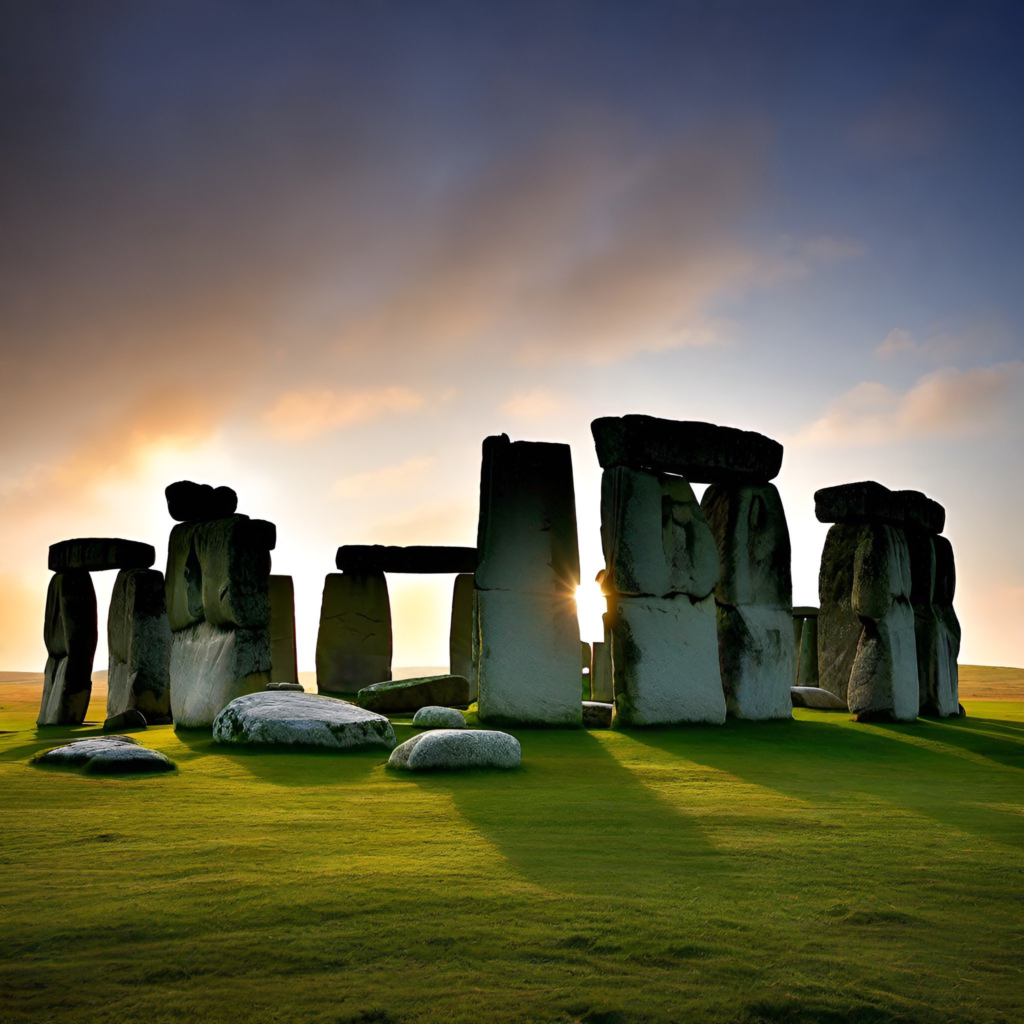Winter Solstice: Shortest day, longest shadows and many more significant events on Dec 22

I. Introduction
The winter solstice, a captivating astronomical event, occurs due to the Earth’s tilt on its axis. In the Northern Hemisphere, this event is marked on December 21, 2023. The solstice leads to noticeable changes in the sun’s apparent movement, an occurrence deeply rooted in Indian traditions, such as the concepts of Uttarayana and Dakshinayana.
II. What is Winter Solstice?
Astronomically, the winter solstice occurs when the Earth’s axial tilt is farthest from the sun. In the Northern Hemisphere, this results in the shortest day and the longest night of the year. The North Pole is tilted approximately 23.4° away from the sun at this time, causing the sun’s rays to be directly overhead at the Tropic of Capricorn. This solstice also heralds the onset of winter and marks a gradual increase in daylight.

III. Significance of Winter Solstice
Cultural and Historical Significance:
Globally, the winter solstice has been celebrated in various cultures. The ancient Romans observed Saturnalia, a festival of social role reversal and celebration. In Egypt, solstice observances were intertwined with the worship of the sun god. Stonehenge in England aligns perfectly with the solstice sunset, attracting crowds annually.

Indian Context:
In India, the winter solstice is closely tied to the festival of Makar Sankranti, celebrated as the sun moves into the Capricorn zodiac sign, and is unique for following the solar calendar. This festival, along with Lohri and Bhogi, is associated with harvests, fire, and renewal.
Symbolic Meaning:
The solstice symbolizes a turning point from darkness to light, echoing themes of rebirth and new beginnings seen in various cultures and mythologies.
IV. What to Expect During Winter Solstice
Astronomical Aspects:
The solstice period may show slight variations in sunrise and sunset times. In the Northern Hemisphere, phenomena like auroras are more likely.
Cultural Observations:
Globally, the solstice is celebrated with bonfires, feasts, and gatherings. In India, Makar Sankranti is marked with kite flying, bonfires, and charitable acts.

Personal Practices:
Individuals can observe the solstice by setting intentions, expressing gratitude, and participating in family gatherings, reflecting on the year’s journey.
V. Conclusion
The winter solstice is a blend of natural wonder and cultural richness. It’s an opportunity to embrace the spirit of the season and find personal ways to celebrate and reflect.
Bonus: Myths and Interesting Facts
Stonehenge’s alignment with the solstice sunset is a testament to ancient knowledge of astronomy.
In Iranian culture, the solstice, or Yalda night, involves staying awake all night to celebrate the triumph of light over darkness.








